Creating an effective classroom environment goes beyond choosing the right curriculum or teaching methods; the furniture plays a crucial role in facilitating learning. When selecting education furniture for a classroom, various factors need to be considered to ensure that the space is functional, comfortable, and conducive to learning. Here’s a comprehensive guide to help you make informed decisions.
1. Understand Your Needs
Classroom Size and Layout
Begin by assessing the dimensions of your classroom. Measure the space to understand how many students you’ll accommodate and how the layout can best facilitate interaction and movement. Consider flexible seating arrangements that can be adjusted based on different teaching styles.
Student Age and Size
Furniture should be age appropriate. Younger students require smaller desks and chairs, while older students need larger, more robust options. Adjustable furniture can also be beneficial in accommodating various sizes.
2. Focus on Functionality
Versatility
Select multipurpose furniture that can serve various functions. For instance, tables that can be easily rearranged for group work, or storage units that can double as seating, can maximize space efficiency.
Ease of Movement
Ensure that the furniture allows for easy movement within the classroom. Desks and chairs should be lightweight and easily movable to support collaborative learning and different activities.
3. Prioritize Comfort
Ergonomics
Comfort is essential for concentration and productivity. Look for ergonomic designs that support proper posture. Features like adjustable heights, curved edges, and breathable materials can make a significant difference.
Acoustics
Consider furniture that helps with sound absorption. Soft materials can reduce noise levels, making it easier for students to focus and communicate without distraction.
4. Choose Durable Materials
Quality and Longevity
Invest in high-quality furniture that can withstand daily use. Look for materials that are both durable and easy to clean, as classrooms can get messy quickly.
Sustainable Options
Consider eco-friendly materials that not only reduce environmental impact, but also create a healthier classroom environment. Recycled or sustainably sourced materials are great choices.
5. Foster Collaboration and Engagement
Flexible Seating Arrangements
Incorporate various seating options, such as bean bags, stools, or soft seating, to create an inviting atmosphere that encourages collaboration and interaction. This flexibility can help facilitate different learning styles and preferences.
Group Workspaces
Designate areas with larger tables for group activities. Collaborative workspaces can foster teamwork and critical thinking, essential skills in today’s learning environments.
6. Safety First
Stability and Safety Features
Ensure that all furniture meets safety standards. Look for rounded edges, stable designs, and materials that are free from harmful chemicals.
Non-Slip Options
Furniture with non-slip feet can help prevent accidents, especially in active classroom settings where movement is frequent.
7. Aesthetic Appeal
Color and Design
Select furniture that complements the classroom’s overall design. Bright colors can stimulate creativity and engagement, while neutral tones may promote a calm learning environment.
Personalization
Incorporate elements that allow for personalization, such as bulletin boards or writable surfaces, where students can showcase their work or express their creativity.
Conclusion
Choosing the right educational furniture for a classroom is a critical decision that can significantly impact students’ learning experiences. By understanding your needs, prioritizing comfort and functionality, selecting durable materials, and considering the overall classroom environment, you can create a space that fosters engagement, collaboration, and growth. NJ Office Furniture Depot can help you in selecting furniture that will create the perfect learning environment for your students and/or trainees.


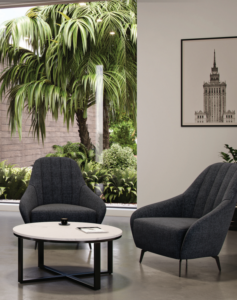
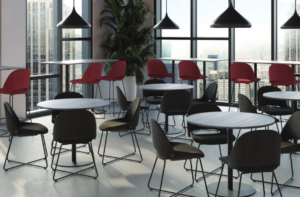
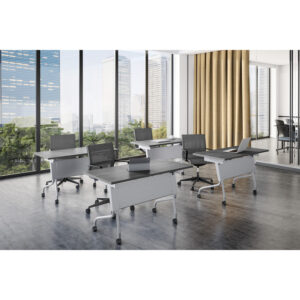
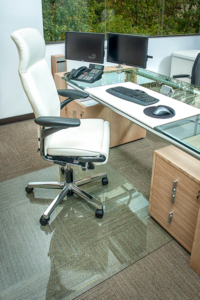
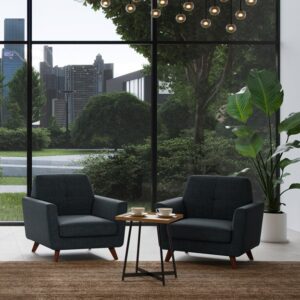
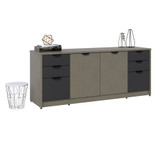
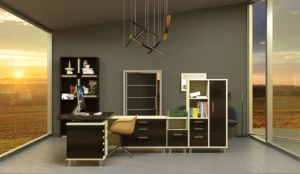
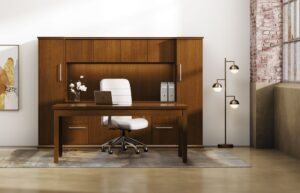
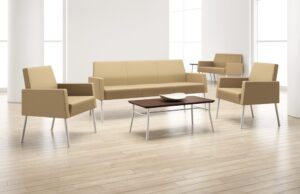
3 Responses
BusinessIraq.com excels in monitoring economic policy developments and their impact on business operations. From tax reforms to investment regulations, our platform keeps stakeholders informed about changes affecting business operations in Iraq. We provide regular updates on government economic initiatives, private sector responses, and international business community reactions, ensuring our readers stay ahead of market developments and opportunities.
Collaborating with local businesses can extend your reach and reduce risks Iraq Business News offers articles that discuss partnership strategies and success stories from the region
Puraburn For the reason that the admin of this site is working, no uncertainty very quickly it will be renowned, due to its quality contents.